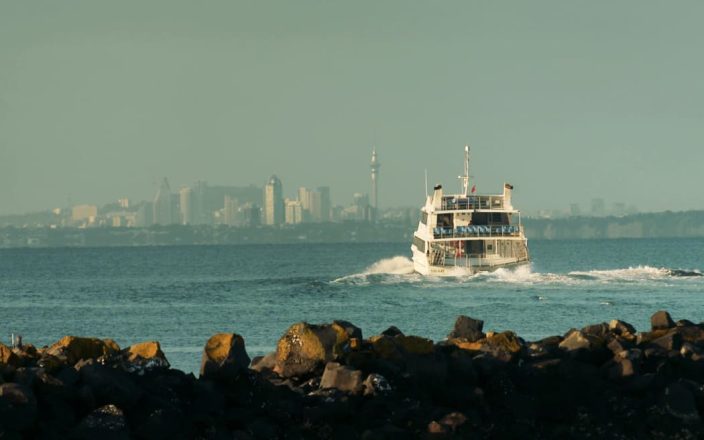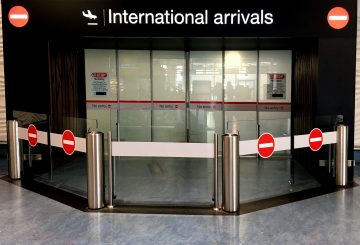Dịch vụ phà Gulf Harbour đã trở lại lịch trình đầy đủ bắt đầu từ thứ Hai sau nhiều năm hủy chuyến và ít chuyến đi hơn. Trước đây, tình trạng thiếu phi hành đoàn đã buộc nhiều người phải sử dụng xe buýt hoặc taxi thay thế dài để đi 50km từ khu vực trung tâm của Auckland đến bán đảo Whangaparāoa. Năm ngoái, Auckland Transport thậm chí còn đề nghị chấm dứt dịch vụ, điều này làm cộng đồng khó chịu và dẫn đến một bản kiến nghị giữ lại nó.
Vào sáng thứ Hai, thời tiết ở Auckland rất đẹp và người đi lại địa phương Geet Vashisth bày tỏ sự nhẹ nhõm, nói rằng chỉ mất 45 phút để đến thành phố bằng phà. Một người đi lại khác, Kathy, cũng lên tiếng ủng hộ dịch vụ này, lưu ý rằng việc lái xe dài trong thời gian giao thông cao điểm là khó khăn. Tuy nhiên, cô lo lắng rằng lịch trình mới gồm 24 chuyến đi một ngày có thể quá tham vọng.
Lịch trình mới bao gồm các chuyến khởi hành buổi sáng từ Cảng Vịnh lúc 6:30, 7:00, 7:30 và 8:30. Trước đây, chỉ có 2 đến 3 chuyến đi mỗi ngày. Một vé một chiều có giá 11,80 đô la cho người lớn và 6,30 đô la cho trẻ em sử dụng thẻ hopcard. Một số người đi làm bối rối trước thời gian biểu mới, bỏ lỡ chuyến đi 7:45 và nhận ra quá muộn rằng nó không còn nữa.
Mặc dù người dân địa phương rất vui khi thấy dịch vụ phà trở lại, nhưng không nhiều người sử dụng nó trong ngày đầu tiên, chỉ có 15 đến 20 hành khách lên máy bay trong giờ cao điểm. Ủy viên hội đồng phường Albany John Watson lưu ý rằng sẽ mất thời gian để xây dựng lại số lượng người đi xe, trước đây đã lên tới 18.000 lượt đi mỗi tháng.
Giám đốc giao thông công cộng của Auckland Transport, Duncan McGrory, nói rằng họ đã làm việc chặt chẽ với nhà thầu của họ, Fullers360, để đảm bảo có đủ nhân viên sẵn sàng. Ông dự kiến sẽ có nhiều hành khách sử dụng phà từ thứ Ba, vì đầu tuần thường chậm hơn đối với phương tiện giao thông công cộng.






























































